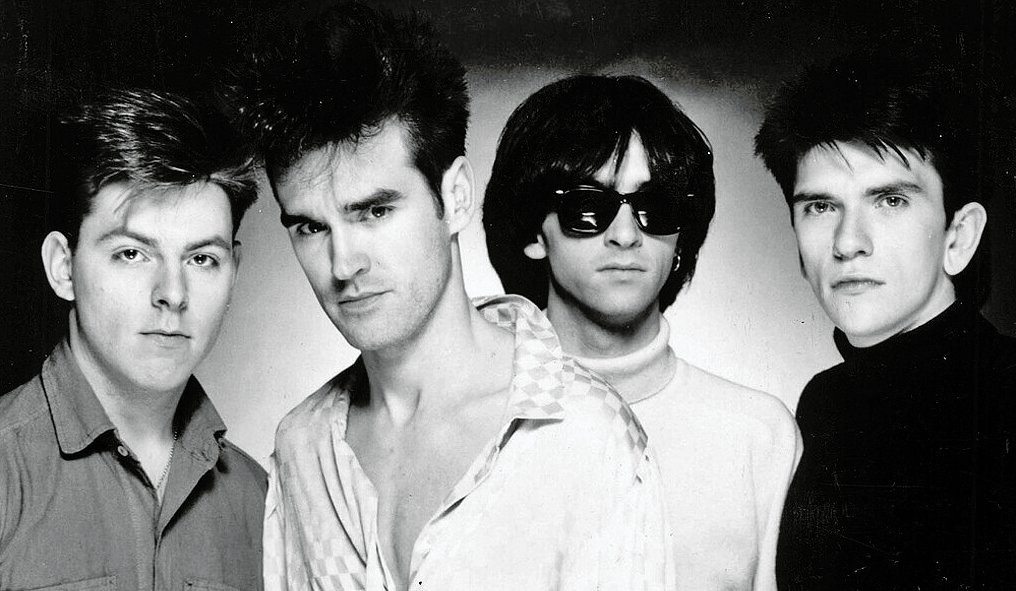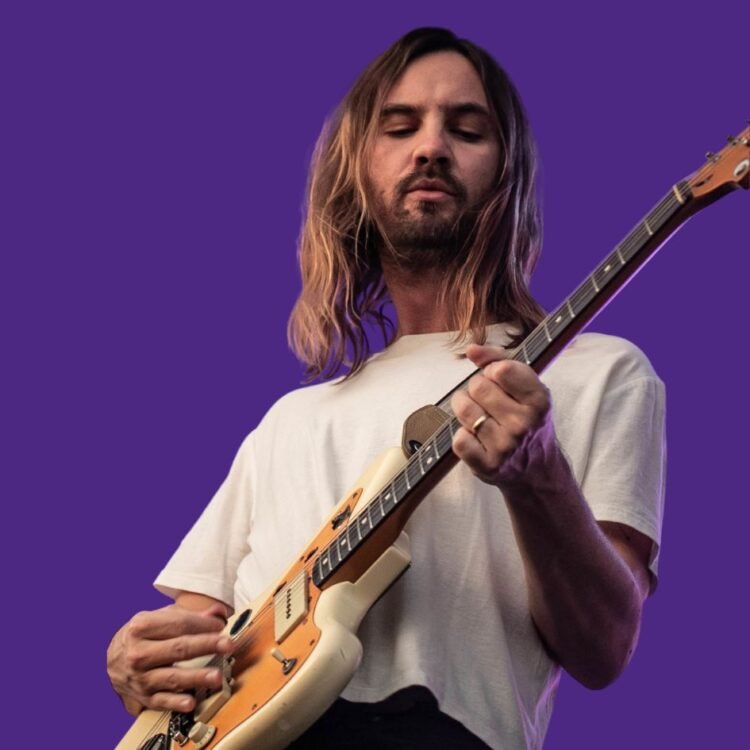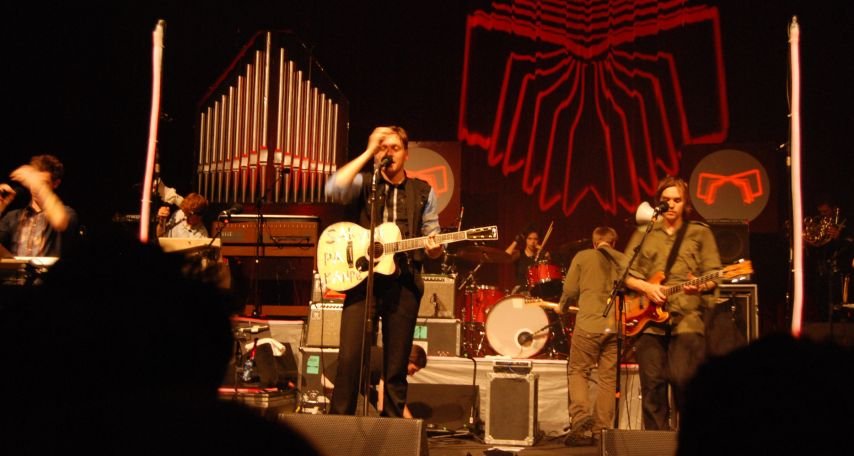Indie Music: It’s Complicated (But Not That Complicated)
Indie music is like trying to define cool—impossible, yet we all know it when we hear it.
You’ve probably heard someone say, “This band was way better before they went mainstream,” but what actually makes something indie? It’s not just an underground gig in a sweaty basement.
While “indie” technically stands for “independent,” the reality is a bit more chaotic, like trying to explain why everyone suddenly loves vinyl again.
The world of indie music is complex, messy, and wonderfully unique—much like the artists that define it.
So, what is indie music? Let’s dive into this genre—that’s not quite a genre—and explore what makes it so… well, indie.
In this guide, we will explore:
- The Meaning and Origins of indie music
- Some of the most influential and popular indie artists and genres in history
- Some examples of indie songs that you can listen to and enjoy
- The Impact of indie music on the World of Music and Culture
What’s Indie, Anyway? A Quick Refresher
Indie music, in its simplest form, means independent. We’re talking about artists who release their music without the backing of big-money, major labels.
But here’s the twist: it’s not just about being unsigned anymore. Even signed artists can have an indie vibe if they stay true to that raw, experimental sound.
Take The Smiths, for example. Their jangly guitars and moody lyrics scream indie, but they were on Rough Trade, an independent label.

Arcade Fire was once an indie darling too, before signing with a major label and becoming a stadium band.
Indie music is really more about spirit and sound than contract signatures.
Think of it like homemade sourdough: it doesn’t matter if it’s baked in your nan’s kitchen or a hipster bakery.
As long as it keeps that personal, authentic flavour, it counts.
Some of these genres include:
- Indie rock
- Indie pop
- Indie folk
- Indie electronic
- Indie hip hop
- And many more
Indie music can also be influenced by various musical traditions and cultures from around the world, such as indie Latin, indie African, indie Asian, and so on.
What Does Indie Music Sound Like? Anything, Really
Indie music doesn’t play by the rules, and that’s why it’s tricky to pin down its sound.
There’s no “one-size-fits-all” indie sound because it varies from artist to artist, genre to genre.
From the raw, lo-fi grit of indie rock to the dreamy synths of indie pop, the possibilities are endless.
Some might say it sounds like it was recorded in someone’s garage—and, often, they’d be right.
Imagine the rough-edged guitars of The Strokes, the shimmering melodies of Tame Impala, or the ethereal vocals of Phoebe Bridgers.
Indie music often thrives on minimal production, favouring authenticity over polish.
What makes indie music so compelling is that it’s more about breaking rules than sticking to a sound.
Whether it’s made on a shoestring budget or a laptop in someone’s bedroom, indie music thrives on doing the unexpected.
Indie music can be characterised by a number of features, such as:
- A DIY (do-it-yourself) approach to recording, producing, and distributing music, often using low-budget or homemade equipment and methods.
- A preference for experimentation, innovation, and diversity over conformity, standardisation, and repetition.
- A rejection of mainstream trends, conventions, and expectations in favor of personal expression, identity, and authenticity.
- A sense of community and collaboration among indie artists and fans who support each other through word-of-mouth, social media, blogs, zines, festivals, and other platforms.
- A resistance to commercialisation, corporatization, and commodification of music and culture.
A Deeper Dive: The Origins and Evolution of Indie Music
Indie music didn’t just spring out of nowhere. Its roots go deep into the DIY ethos of the 1950s and ’60s, where early pioneers like Joe Meek’s Triumph Records and Richard Branson’s Virgin Records laid the groundwork.
These early indie labels were formed as a reaction to the overpowering influence of major labels, which often stifled creative freedom.
Indie music became a space where artists could experiment without the fear of commercial pressure.
Fast-forward to the 1970s, and punk rock was shaking up the UK, setting the stage for what would soon be called “indie.”
Bands like The Buzzcocks and Joy Division began releasing music through independent labels, rejecting the glossy production of mainstream records.
Indie music took off as a cultural movement when labels like Rough Trade and Factory Records championed the “do-it-yourself” ethos, giving artists complete control over their sound.
The 1980s brought indie rock into the spotlight with bands like R.E.M., who revolutionised the genre in the US.
The Pixies, with their loud-quiet-loud dynamic, helped shape the sound of alternative music.
In the UK, The Smiths became the poster children of indie with their melancholic lyrics and jangly guitars.
By the 1990s, indie music had exploded. Britpop (led by Oasis and Blur) dominated the UK charts, while bands like Nirvana and Pearl Jam brought grunge—a grittier, rawer version of indie—to the mainstream in the US.
Indie wasn’t just a genre anymore; it was a rebellion against the polished, radio-friendly sound of the majors.
Influential Indie Record Labels: The Unsung Heroes
Indie music would be nowhere without the brave, scrappy labels that believed in artists when no one else did.
Labels like Factory Records, Rough Trade, and Sub Pop were more than just companies; they were cultural hubs where creativity thrived.
Sub Pop, for example, was instrumental in bringing Nirvana and the Seattle grunge scene to global attention.
Meanwhile, 4AD was at the forefront of the indie electronic and experimental scene, launching bands like Cocteau Twins and Dead Can Dance.
What set these labels apart from the majors was their willingness to take risks.
They didn’t care about commercial appeal or record sales—it was all about the music.
This focus on artistic freedom is what continues to draw artists to independent labels today, even in an age dominated by streaming.
Examples of Indie Music That’ll Make You a ‘True Fan’
Indie music has always been a melting pot of styles, so picking examples is like trying to pick your favourite pizza topping—impossible, but let’s give it a go.
Indie rock is one of the most iconic subgenres, and if you don’t know The Smiths’ This Charming Man, you’re probably lying.
Then there’s Where Is My Mind? by Pixies—an anthem for anyone who’s ever felt a bit off-kilter.
These tracks encapsulate indie’s gritty, DIY ethos.
Moving over to indie pop, you’ve got MGMT with Electric Feel—a perfect blend of quirky and catchy that’ll make you want to dance awkwardly at a party.
If synths are more your vibe, dive into Losing My Edge by LCD Soundsystem for some infectious indie-electronic goodness.
Indie folk? Don’t miss Bon Iver’s Skinny Love, a track that makes you feel like you’re standing alone in the middle of a forest, contemplating life.
And let’s not forget Ho Hey by The Lumineers, the indie-folk anthem that probably played at every wedding for three years straight.
Indie Across Genres: From Gritty Rock to Dreamy Synths
Indie music doesn’t stick to one lane. It swerves all over the musical highway, picking up elements from rock, pop, folk, and even electronica.
Take indie rock—it’s the gritty, rebellious cousin of mainstream rock.
Think The Strokes with their crunchy guitar riffs or Arctic Monkeys with their sharp, observational lyrics.
Then there’s the softer, synth-laden side of indie: indietronica.

Artists like Tame Impala blend psych-rock with electronic sounds, creating music that feels like a dream you can dance to.
Indie pop is another crowd favourite, with acts like Vampire Weekend blending catchy hooks with offbeat production.
Even indie rap exists, where underground artists use lo-fi beats and socially conscious lyrics to rebel against commercial hip-hop.
It’s all indie—as long as it comes with a side of artistic freedom and a refusal to play by the rules.
Cities That Keep the Indie Flame Alive

Indie music has always thrived in certain cities where the right combination of creativity, rebellion, and community culture came together.
These places aren’t just hubs for indie bands; they’re where entire subcultures were born and continue to thrive.
Here are some of the cities that have kept the indie flame alive, making them global destinations for indie fans and artists alike.
New York City—Where Legends Are Made
New York City has long been a breeding ground for indie talent.
From the gritty streets of the East Village to iconic venues like CBGB, New York has been at the heart of indie rock for decades.
In the late 1970s, bands like Television, Patti Smith, and Talking Heads turned the city into the cradle of punk and indie music, blending art and rock in ways that hadn’t been done before.
Fast forward to the early 2000s, and The Strokes reignited New York’s indie flame with their debut album Is This It, paving the way for the indie rock revival of the decade.
Today, venues like Bowery Ballroom and Mercury Lounge continue to nurture emerging indie acts, proving that New York is still very much at the centre of the indie universe.
Portland, Oregon—The Hipster’s Indie Haven
If New York is where legends are made, then Portland is where you go to start something new and weird (in the best way possible).
Portland’s indie scene thrives on a DIY ethos and a love for the experimental.
The city became synonymous with quirky, eclectic indie sounds in the 2000s thanks to bands like The Decemberists and Modest Mouse, who were unafraid to break the rules of conventional rock.
Home to one of the most respected indie festivals, Pickathon, Portland is the perfect blend of laid-back cool and musical ambition.
With its abundance of intimate venues like Doug Fir Lounge and the legendary Crystal Ballroom, Portland has become a pilgrimage site for indie fans wanting to discover the next big thing before anyone else.
Montreal, Quebec—The Melting Pot of Sounds
Montreal’s bilingual, multicultural identity makes it a melting pot for indie music innovation.

The city came to the world’s attention in the 2000s with the rise of Arcade Fire, whose orchestral, anthemic indie rock broke down genre barriers and influenced a generation of indie artists.
Montreal’s mix of French and English cultures also lends its indie scene a unique flair, making it stand out from other North American cities.
Venues like La Sala Rossa and Club Soda have become iconic spots for catching the next big indie act, and Montreal’s Osheaga Festival is one of the most significant indie music festivals in North America, drawing indie fans from around the world.
London, UK The Heartbeat of Britpop
London’s indie history runs deep. From the post-punk era in the late ’70s to the explosion of Britpop in the ’90s, London has been central to the indie scene.
Bands like The Smiths, Oasis, and Blur defined the British indie sound, blending catchy guitar riffs with quintessentially British lyrics.
London is still a hotspot for indie music today, with venues like The Roundhouse and Brixton Academy showcasing both rising stars and legendary acts.
London’s indie festivals, such as Field Day, continue to bring together a global lineup of artists who embody the spirit of indie.
Los Angeles, California—Sun, Surf, and Indie
It might seem surprising that the land of Hollywood and pop stardom is also home to one of the most vibrant indie scenes in the world.
But Los Angeles has long nurtured indie bands that thrive in the city’s laid-back, sun-soaked culture.
The Echo and The Troubadour are legendary venues where indie icons like Elliott Smith and Beck performed before gaining global fame.
Today, LA continues to produce a steady stream of indie talent across genres, from the psychedelic rock of Tame Impala to the genre-blurring sound of Billie Eilish.
And with its sprawling backyard concerts and intimate house shows, LA’s indie scene has an underground energy that’s impossible to ignore.
Indie Today—The Mainstream Takeover (But It’s Still Indie, Right?)
Here’s the kicker: some indie artists are now headlining festivals and dominating streaming charts. Is that still indie?
Well, kind of. Artists like Vampire Weekend and Billie Eilish are technically signed to major labels, but their music still retains that indie spirit.
It’s all about maintaining creative control—even when there’s a lot more cash on the table.
The lines between indie and mainstream have blurred over the years, thanks to platforms like SoundCloud and Bandcamp.
These allow artists to grow a fanbase without needing a traditional record deal.
So yes, indie is alive and well, even if some of its artists are selling out arenas. Just don’t tell the hipsters.
Indie’s Cultural Impact: It’s Not Just About Music
Indie music has always been more than just a genre—it’s a cultural movement.
The DIY ethos that runs through indie music has influenced everything from fashion to film.
Think about it: indie music is all about rejecting the mainstream, and that rebellious spirit has bled into indie fashion (cue the vintage clothes and band tees) and indie cinema (think quirky, low-budget films like Juno or Napoleon Dynamite).
For fans, indie music represents more than just a playlist—it’s a lifestyle.
It’s about supporting independent artists, going to intimate gigs in grimy venues, and being part of a community that values creativity over commercialism.
This sense of belonging is what has kept indie music thriving for decades.
So, What is Indie? Its Whatever You Want It to Be.
In the end, indie music is less about a sound and more about an attitude.
Whether it’s the gritty garage rock of The Strokes or the polished, melancholic beats of Billie Eilish, indie thrives on defying expectations.
So if you’re looking to dive into indie, remember: it’s not about finding music that’s just under the radar—it’s about discovering something that speaks to you.
Because, in a way, that’s what indie has always been about: music for people who don’t care about the rules.
Go ahead, press play on that obscure band no one’s heard of yet, or revisit the indie classics.
You might just find your next obsession hiding in plain sight.
If you love indie music, you’ll love our Spotify Playlist. It’s packed with both classic and new artists who will blow your mind with their original and creative tunes.
Don’t miss this chance to discover some amazing indie gems and enjoy some old favourites.


